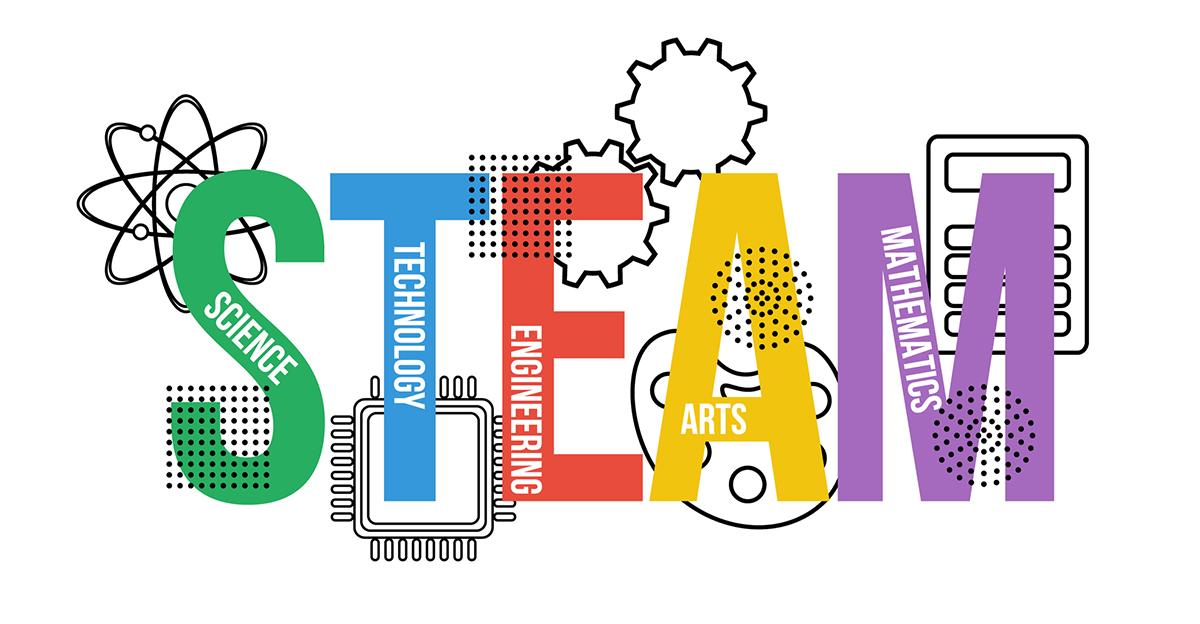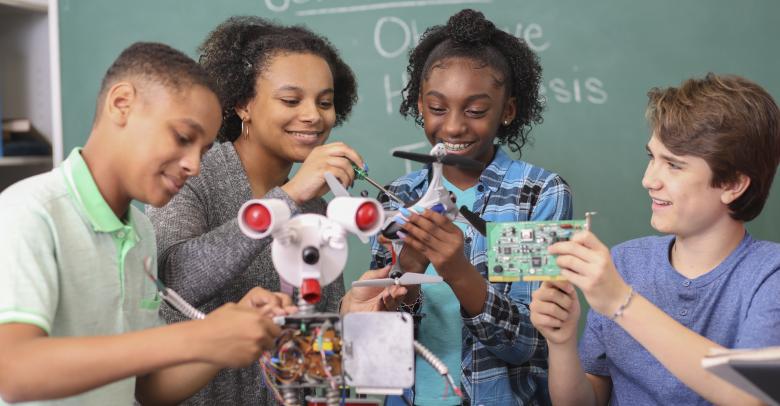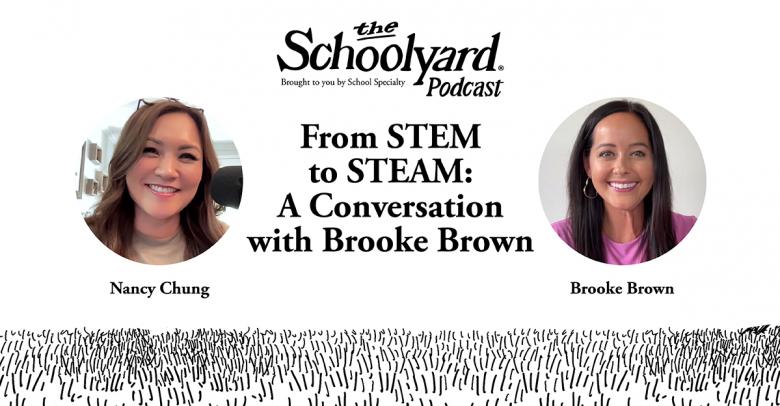The importance of STEM (Science, Math, Engineering, and Technology) has never been more at the forefront of education. Many districts are looking for new ways to incorporate STEM programs into various subjects or perhaps even build STEM-specific programs like robotics and coding. But is STEM enough by itself? Evidence suggests adding artistic and creative components to these programs helps kids learn and retain this valuable information more readily. It’s time to add an A (arts) and turn STEM to STEAM!
Why STEAM?
Taking your science, tech, and math programs from STEM to STEAM works in various ways beyond the nifty acronym. Some of the greatest minds from the past have incorporated art into their scientific, mathematical, and technological discoveries. Leonardo Da Vinci may be the best-known example, but many of our most revered scientists have also been painters, poets, sculptors, and artists.
At their most basic level, arts foster and encourage creativity, and creative thinking is essential for those looking to take a leap forward in understanding and developing STEM skills.
3 Ways to Incorporate Art into STEM Programming
Patterning
Tessellations, geometric shapes, and projects with clear and discernible patterns can boost understanding of mathematical concepts and how patterns occur in nature. The art of M.C. Escher, the Fibonacci sequence, and similar mathematical patterns are easily reinforced using art.
Make it Big
Incorporate art into your science study by creating images of animal and plant cells and the things you see under the microscope. Making an edible cell by decorating cupcakes or cookies, creating a 3D cell sculpture diagram, or even using the assemblage technique to build a cell can help kids remember what goes where and the names of the different components.
If you have very visual or kinesthetic learners, putting pieces in the correct places for an art project can improve their understanding of the concept or model.
Go 3D
Making three-dimensional paper structures that represent shapes, the layers of the earth, or even how rain works can help kids understand the concept and explain it to others. When they truly comprehend why something works, they can share this knowledge with others and reinforce the concepts.
Having these crucial hands-on pieces as props helps kids report what they have learned. This creates a comprehensive lesson that includes listening, creating, and speaking or relaying the information. Topics consumed in various ways beyond the auditory help kids (and adults) retain relevant information for a longer time.






Leave a Reply